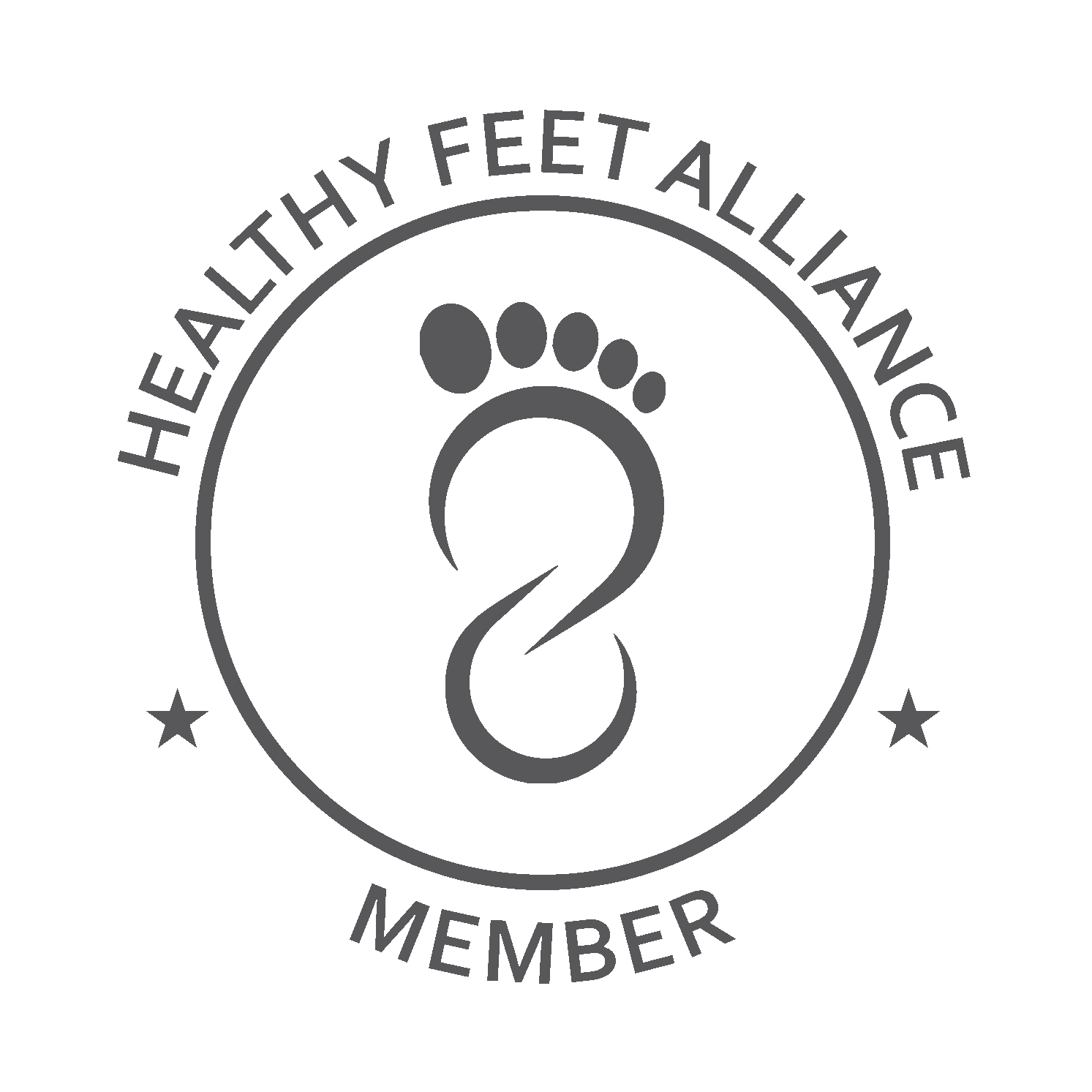Private Pilates instruction
What is pilates and what are its benefits?
Pilates is a low-impact form of exercise that combines deep breathing with gentle stretching to boost strength, balance, and mobility. Workouts target your "powerhouse" (your abs, lower back, pelvic floor, hips, and glutes), but you’ll hit other areas too.
Founder Joseph H. Pilates and his wife Clara developed it to help World War I soldiers restore their inner strength (both literally and figuratively), and millions of practitioners worldwide swear by its mind-body benefits to this day.
Many people think that yoga and Pilates are one in the same. While core stability is a strong foundation for both, they are quite different. In yoga you hold static poses; while in pilates you keep a steady pace and there is a flow to your movement. Breathing techniques also differ, as may your post-workout glow. After yoga, you may want to slowly ease back into your day, whereas post-pilates you might feel full of energy.
Pilates uses a combination of several hundred simple, repetitive exercises to create muscular exertion either using a mat, or a Reformer. Advocates of this system of exercise claim that exercises can be adapted to provide either gentle strength training for rehabilitation or a strenuous workout vigorous enough to challenge skilled athletes. The exercises are designed to increase muscle strength and endurance, as well as flexibility and to improve posture and balance. There is cautious support for the effectiveness of Pilates in improving flexibility, abdominal and lumbo-pelvic stability and muscular activity.
All Pilates exercises flow from the “five essentials” – breathing, cervical alignment, rib and scapular stabilization, pelvic mobility and utilizing the transverses abdominis. Each exercise is initiated by stabilizing the core musculature, which includes the abdominal, gluteal, and paraspinal muscles in particular, and then proceeds through a controlled range of motion.
Many traditional methods of muscle conditioning require participants to perform maximal voluntary contractions. In Pilates, the focus is on the most effective recruitment of motor units which emphasizes energy efficiency and quality of performance.
Body weight is the main resistance that is used throughout the series of Pilates mat exercises. Changes in body position occur (i.e., longer limb levers or increased extension) in individual exercises and changes in the lever lengths of limbs can continue to challenge participants as their fitness levels increase. The additional psychological element of Pilates is evident in the additional focus on breathing and concentration during the execution of these exercises
By far the most published research has centered on Pilates and the treatment of low back pain (LBP). The Pilates method utilizes principles of various accepted rehabilitation methods that have scientific support for LBP, including core strengthening. This is important since core weakness has been increasingly recognized as a biomechanical deficit in patients with LBP.
The principle of stabilization and axial elongation is thoroughly integrated into all Pilates exercises. Axial elongation is thought to organize the spine in its optimal orientation for efficient movement, thus avoiding resting or working at the end of range, which can place undue stresses on the inert and contractile structures of the trunk and extremities.
Studies demonstrate that the transversus abdominis, multifidus, diaphragm, and abdominal oblique muscles are key organizational muscles of movement in healthy individuals with low back pain. Porterfield’s motor control studies and theories of trunk organization and stabilization show that subthreshold contraction of global stabilization muscles (such as those cued and used in Pilates exercises) can provide safe movement throughout daily activities.
The Pilates method has been increasingly applied for its therapeutic benefits, however little scientific evidence supports or rebukes its use as a treatment regimen for musculoskeletal diagnoses including LBP. While most evidence to date is testimonial or in the form of uncontrolled case series, a few randomized controlled studies do exist regarding the effects of Pilates on patients with nonspecific CLBP (chronic low back pain).
There is also strong patient and clinician interest in the use of Pilates for postoperative rehabilitation. This has led to the development of safe and modified exercises for patients undergoing orthopedic procedures, such as total hip or knee arthroplasty.
Fall prevention in the elderly is a primary concern for many health care providers. After completing 10 Pilates-based exercise sessions a significant change in dynamic balance was found in the functional reach test mean scores in the exercise group of health adults. Twenty-four subjects aged 65 to 81 completed the ten week training program in which they were randomly assigned to a traditional strength plus flexibility group, a Pilates-based-training group and a no exercise control group. Results of the study indicated that Pilates was effective for improving static or postural balance in elderly adults. A small pilot study assessed subjects 66–71 years old who participated in Pilates twice a week for eight weeks. The results showed that a training program of Pilates-inspired exercises over a short duration could be safely performed in well-functioning older adults and may lead to improvements in postural stability
How we integrate it in your care at reactivate muskoka
While Pilates can be a stand-alone fitness or injury prevention technique, we often will suggest integrating it into your rehabilitation journey once the foundational elements of your injury or disability have been addressed, and you need to challenge your body as a whole more. Core strength, coordination, and stability is the foundation for all of our movements that we integrate throughout our day.
The addition of Pilates to your rehabilitation journey will take your functional capacity and abilities to a higher level, allowing you to do more, for longer, with much more energy.





